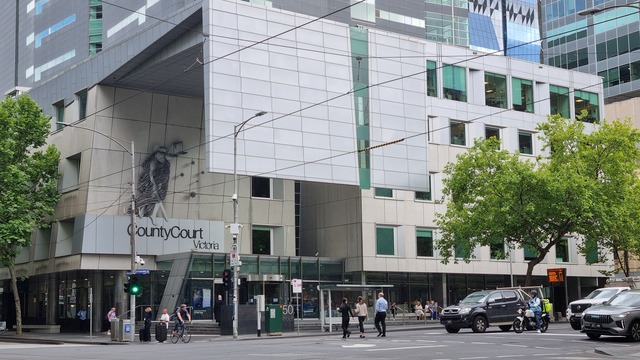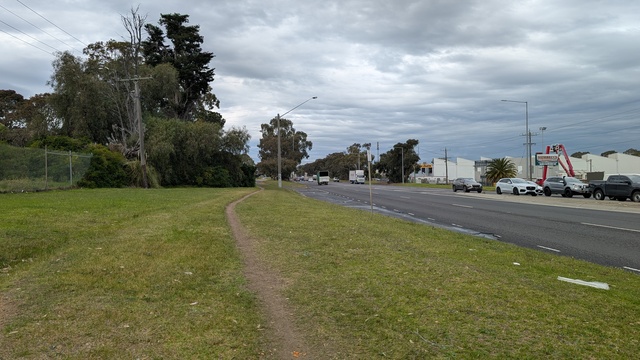Prescription drugs are a common factor in accidental fatal overdoses despite being “largely preventable”, a Monash University expert says.
Both illicit and pharmaceutical opioids are prevalent in accidental fatal overdoses, according to the Pennington Institute’s Annual Overdose Report.
Out of the 1,675 deaths in 2021, 765 were associated with opioids as the report warns of the possible increase of synthetic opioids like fentanyl.
It cites the Australian Federal Police seizing 11 kilograms of Canadian-imported fentanyl in Melbourne in August.
Monash University associate professor Jennifer Schumann, who is also head of the Drug Intelligence Unit at the Victorian Institute of Forensic Medicine, echoed the threat posed by fentanyl.
“There have been shipments of illicit fentanyl intercepted at the Australian border which raises great concerns of this potent opioid infiltrating the local drug supply.
“This is why drug checking services are so important to prevent harm.”
Ms Schumann, who is also chief investigator at Emerging Drugs Network of Australia (EDNAV), says there needs to be more funding for harm reduction despite a $372 million investment in alcohol and other drugs (AOD) in the 2023-24 state budget.
“This was a welcome announcement for the AOD sector, especially the increased access to treatment that will be provided for many Australians currently receiving Opioid Agonist Treatment.”
Greater Dandenong ranks among the highest for accidental fatal overdoses over the past 20 years, according to the Penington report.
From 2017-‘21, the municipality was ranked second highest in Victoria.
“While substance use affects everyone, there is a higher prevalence among low socio-economic demographics,” Ms Schumann said.
“This is a common problem throughout Australia and the rest of the world and is something we need to address more effectively.”
As previously reported in Star Journal, from 2017-’21, there were 86 unintentional overdose deaths in the municipality, 100 in Geelong and 84 in Frankston.
“We need to upscale existing opioid treatment and harm reduction programs, introduce new supervised injecting rooms and implement drug checking services in Victoria.”
Drug checking services have been adopted in other countries for decades and controls harm prevention according to Ms Schumann.
“Drugs are here to stay – we need to take a different approach to how we address this issue.”
In a coronial finding released for the first time on Wednesday 6 September, the State Coroner recommended a drug checking service to the Victorian government.
The recommendation follows an investigation into the 2022 death of a 26-year-old man from a type of highly potent MDMA pill called the ‘Blue Punisher’.
A collective push is necessary, as the overdose crisis has now exceeded the road toll since 2014 according to Penington chief executive John Ryan.
“Greater access to treatment and harm reduction services are key to reducing harm, as well as increased prevention programs, particularly among school aged children.
“This requires greater investment from local councils and commitment to the implementation of health services and programs that we know save lives – like supervised injecting rooms, drug checking services, and opioid agonist treatment.”







